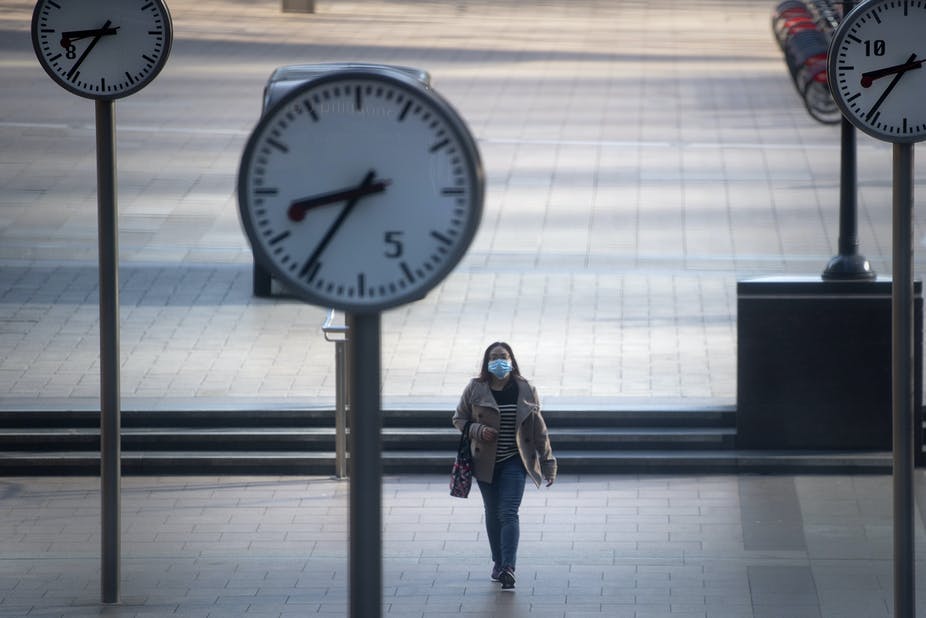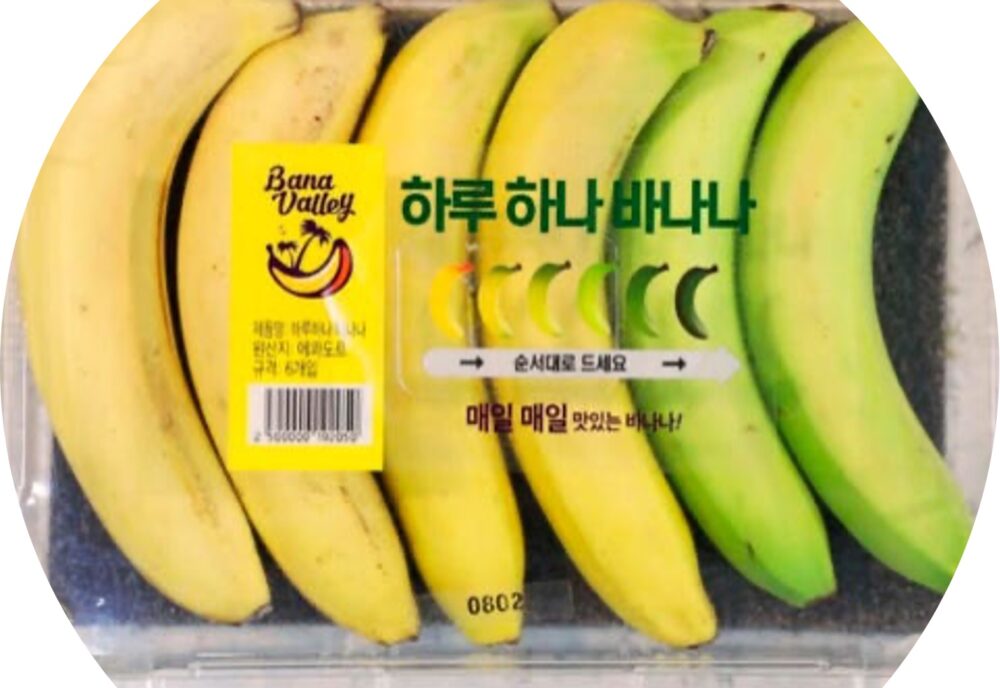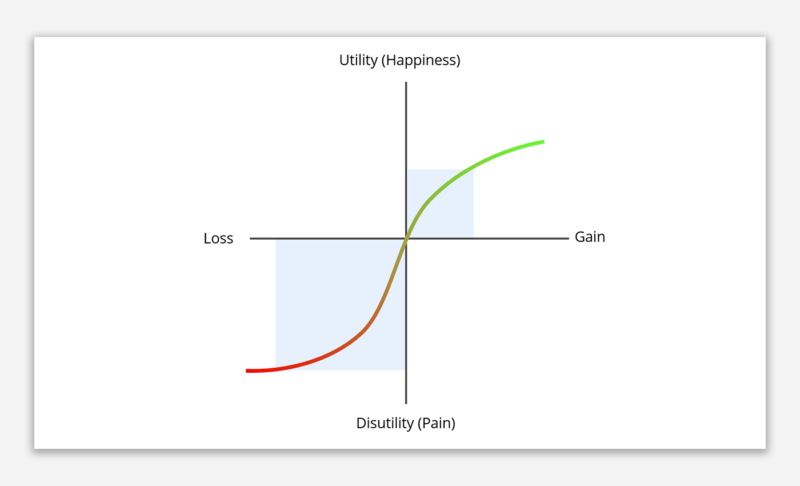TapestryWorks’ SNAPP framework is based on a behavioural economics framework comprising five key themes (read more here and here) and has been applied to pricing, sustainability and other challenges:
- Keep it SIMPLE
- Use Social NORMS
- Increase Mental AVAILABILITY
- Make things PERSONAL
- Manage Expectation with PATTERNS
What are the implications of these themes for businesses during the Covid-19 crisis? Let’s look at the principles and some examples of what businesses have been doing.
Keeping it SIMPLE
Especially in times of crisis, people want to simplify their life and the choices they make. As well as looking for “safe” options, they revert to familiar favourites, even if they are developing some new habits. Home cooking has become much more popular (with bread-making equipment one of the quickest rising categories), providing sustenance, comfort and security.
In times of confinement, cooking can become a daily focal point for households, even sometimes replacing favourite take-out meals with home-cooked versions (combining the familiar with the new). Comfort carbohydrates like pasta and noodles are seeing increasing sales (up more than 50% year-on-year in the UK), along with many other comfort foods.
The question is, will these changes become new embedded habits? Research suggests that new habits can be formed in 2-3 months, so with the current lock downs in many countries, it may be that this focus on home cooking becomes a new normal”.
What are the implications for businesses?
How can you make your brand feel more familiar and comfortable? Now is not the time to change designs or logos, but maybe even consider reverting to classic designs and product variants from the past? Nostalgia is a great motivator, as well as keeping your brand as a “status quo” choice for customers.
Using Social NORMS
Now is the time that people crave the company of other people more than ever, especially when their anxiety overcomes them. This is leading people and brands to use digital platforms to manage this tension and bring social lives online. Even better for businesses when brands are able to facilitate shared experiences for customers. Netflix have been holding virtual viewing parties (#covideo?), Brewdog are hosting online bar and beer tasting sessions and Nike have been making their “just do it at home” WFH workouts easy to access on social media and by making their exercise app free.
Much research shows that people tend to follow what they perceive to be the norm of behaviour, so governments and brands can help highlight the correct behaviours to follow while still selling the brand (see Guinness’s and IKEA’s great “Stay at home” ads).
What are the implications for businesses?
It’s even more important than usual to conform to social norms. For both businesses (and governments), highlight the vast majority of people who are complying with rules and ignore those who are ignoring them. And consider whether you can emphasize or shift to local sourcing and production. If you are a leader in your community or country, then emphasize this too.
Increasing Mental AVAILABILITY
Humans are very bad at assessing risk unless the risk is very vivid in our mind. For example, many people now avoid touching unpackaged fresh fruits and vegetables on open display in stores and prefer pre-packaged food. Some also cleanse their shopping when they get home. While there is little evidence that there is a significant risk from touching shopping, there is considerable evidence that your mobile phone is much dirtier (and I am guilty as charged).
What are the implications for businesses?
Can you move to “no touch retail”? Many fast food brands have moved to contactless delivery, so is this possible in retail or even for brands to develop packaging formats that decrease the need for physical contact (e.g., for snack products)? Also make your messages more simple, concrete and specific. Rather than, “Practice social distancing” why not say, “Stay at home. Shop once a week.” This is much more concrete and comprehensible with clear and specific actions.
Making Things PERSONAL
Although the need to protect yourself (both inside and outside) is becoming more important, the need to protect others is also important (especially in Asian countries). Long-term health management will become more important, including foods that protect the body and its immune systems, and potentially increasing growth in interest for functional foods that can boost our body’s protections.
Such protections will also be appreciated in other categories, where companies that offer warranties, guarantees, protections and easy and uncontested refunds or credits will benefit in the long-term by building trust with their customers.
What are the implications for businesses?
Emphasize cleanliness, hygiene and quality standards to reassure customers. Use digital platforms not just to make processes more efficient, but also to make them more personal. And build trust with your customers by offering transparency and protection for their money when circumstances change. If you make refunds difficult, be prepared to accept losing that customer.
Manage Expectations with PATTERNS
In these times, consumers look for cues that are familiar (non-threatening) and comforting. Can you use the power of nostalgia, local context, or authentic cues to connect with your customers? Especially for food brands, taste is always local and also strongly connected to local cultural festivals, so can you link your brand to local values and history?
When so many shopping trips are planned, think about how you can encourage impulse purchases (which are less frequent for planned trips) and how you can make your brand relevant even when customers are focused on core needs.
What are the implications for businesses?
Connecting your brand to local customs, habits and rituals is a powerful way to make it more relevant. Also look at how you can invoke the senses to create a sense of connection. For example, can you use music, song, smell, colour to link your brand to local traditions?
Also don’t forget the power of making your brand more memorable through music, rhyme and memorable “catch phrases”. This even works for governments. Although UK government’s official advice is “You need to stay 2 metres apart to save lives now”, surely more people would remember, “Keep the virus at bay. Stay 2 metres away.” Similarly, how about “Soap is hope” and “Pervs flatten Curves” (why is Pornhub doing so well these days?)
Can you help your customers make SNAPP decisions in the days of Covid-19?
REFERENCES







Shaping Behaviour in a Crisis: SNAPP Behaviour and Covid-19 - The School of Global Studies, Thammasat University
[…] Read the full article on TapestryWorks here: https://tapestry.works/2020/04/22/shaping-behaviour-in-a-crisis-snapp-behaviour-and-covid-19/ […]